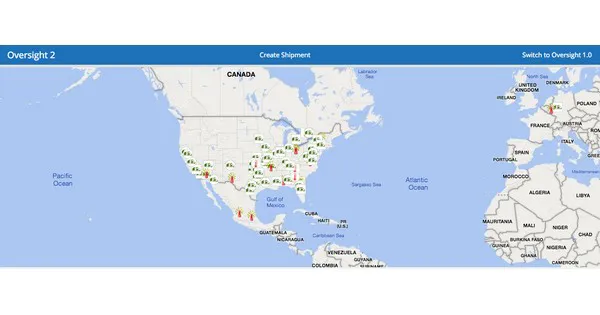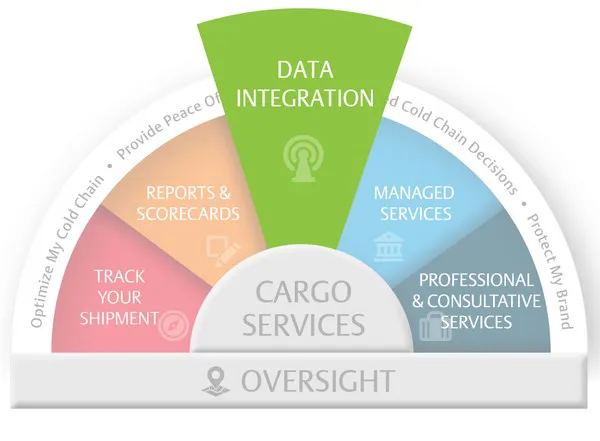Producers, retailers, shippers and third-party logistics (3PL) providers frequently need to work with multiple software platforms. For example, for every shipment they send, a vendor might need to enter shipment and temperature information into an enterprise resource planning (ERP) system, a warehouse management system (WMS) and a transportation management system (TMS). This creates a lot of needless duplication of effort, especially as the number of orders multiplies.
To make matters more complicated, many larger retail accounts now require vendors to track even more information, such as purchase order (PO) numbers, the serial number of the tracking device associated with each shipment and more. Producers, retailers, shippers and third-party logistics (3PL) providers frequently need to work with multiple software platforms.
Producers, retailers, shippers and third-party logistics (3PL) providers frequently need to work with multiple software platforms.
These complexities and duplication can be significantly reduced with data integration, one of the modules of the Oversight cargo services suite launched in 2022. Available on its own or in combination with any of the other modules, data integration allows for consolidating in-transit cold chain data into a seamless experience within your existing software platforms.
In this way, shipment updates and alerts from each critical system can be combined into a single intuitive view. Data integration also provides the option to streamline shipment creation into one system, eliminating incompatible platforms, siloed data streams and the need for multiple log-ins.
 “When we’re able to consolidate the data streams and eliminate those disparate platforms, we’re effectively giving time back to our vendors and their staff, which they can use to perform other tasks they need to do when they’re shipping product out,” says Oversight services specialist Blanca Morales.
“When we’re able to consolidate the data streams and eliminate those disparate platforms, we’re effectively giving time back to our vendors and their staff, which they can use to perform other tasks they need to do when they’re shipping product out,” says Oversight services specialist Blanca Morales.
 Data integration can reduce the amount of time required for each shipment by 80 percent or more.
Data integration can reduce the amount of time required for each shipment by 80 percent or more.
Data integration can reduce the amount of time required for each shipment by 80 percent or more. While every shipper’s needs are different, even operations with moderate order volumes can see fast efficiency improvements and cost savings.
“If you could automate this process and stay compliant, why would you not?” says Morales. “Depending on the number of fields you need to fill out, you could save 30-60 seconds per entry.”
Data integration can be implemented quickly. “It’s not that challenging to do as long as you’re working with a compatible system,” Morales said. “We provide all the up-front information and help determine which fields you’ll need to send over. Next, you’ll work with our IT and software team to map everything out.”
Although data integration provides significant value on its own, it offers additional advantages when combined with other modules in the Oversight cargo services suite.
“Tracking data that goes into the system can later be used for data analytics in the reports and scorecards module,” Morales said. “That information enables you to make more intelligent business decisions using data that’s already been collected.” For more information:
For more information:
Blanca Morales
Emerson
Tel: +1 (314) 553-2000
https://www.emerson.com/
